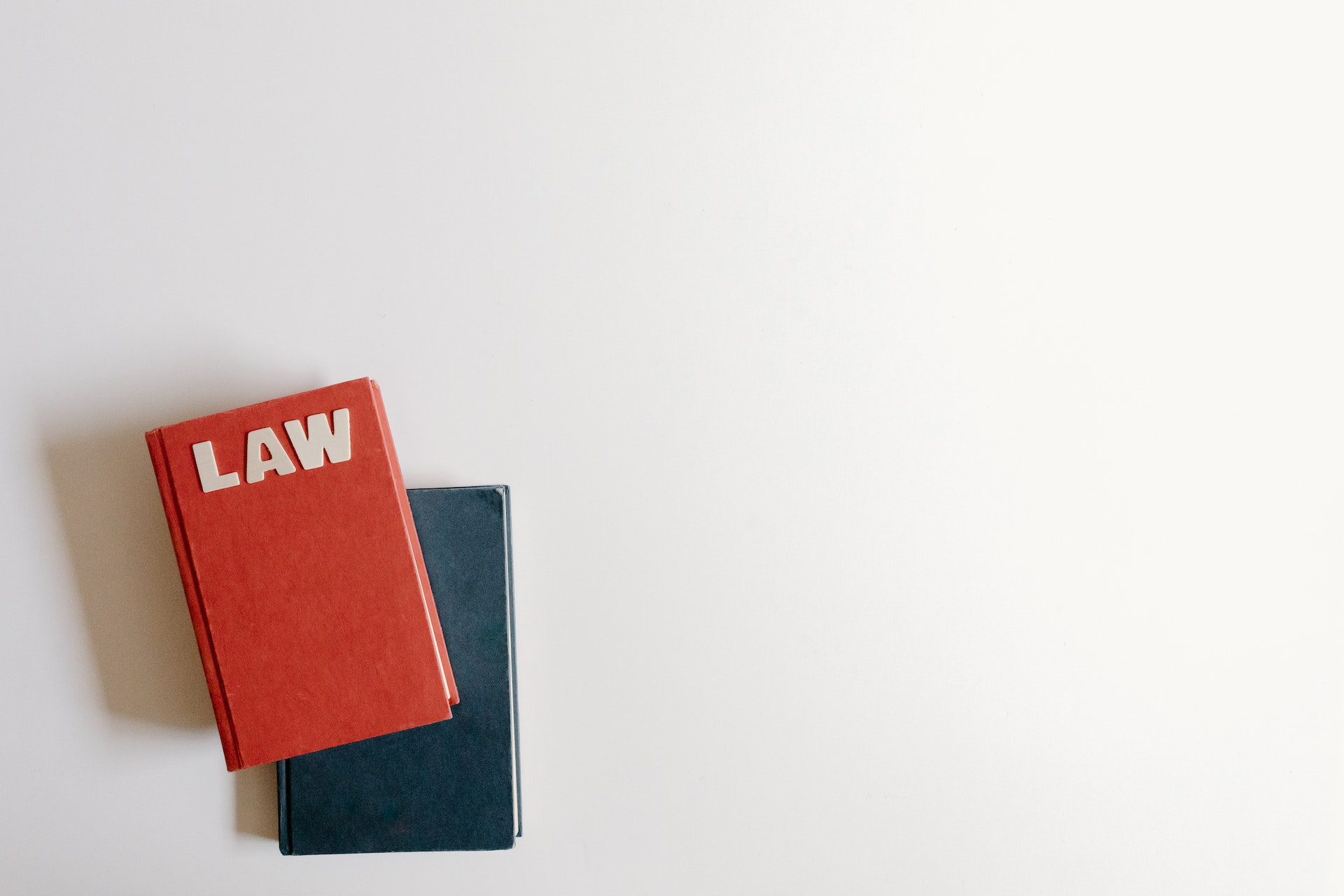INTRODUCTION
The functions of a Court of law are to administer justice, to convict the case according to the laws of the land, and to enforce such laws by physical force by the State. It has to implement rights and punish wrongs.
KINDS OF ENFORCEMENT
(A) Specific enforcement
(B) Sanctional enforcement
(A) SPECIFIC ENFORCEMENT
The rights enforced by civil proceedings are of two kinds: primary rights and sanctioning rights.
Primary rights are those rights that exist as such, and they do not have their source in some wrong. The enforcement of the immediate right is called specific enforcement. In other words, specific enforcement means enforcement of a prior right by justice. Specific enforcement lies in either specific performance or specific restitution. Restriction lies in restoring the plaintiff to his original position
(B) SANCTIONAL ENFORCEMENT
Sanctioning or remedial rights are those rights that come into being after the violation of a primary right. A sanctioning right is enforcing by sanctioning enforcement, and approving enforcement means enforcement of a remedy by some method other than specific enforcement.
Sanctional enforcement is further divisible into penalty and compensation.
SECONDARY FUNCTIONS OF LAW COURTS
It consists of such functions as are functions of the State but has been delegated to them on grounds of convenience. Such functions have been broadly included in the administration of justice and are called secondary functions of the Courts of law.
1. Petition of Right:
Courts adjudicate on the claim of citizens against the State. Decisions on such matters are made only by the State’s delegated authority, and the Courts giving decisions in cases of this description exercise only their secondary function.
In Pakistan, such petitions are called writ petitions and take the form of a writ for Habeas Corpus, Mandamus, Certiorari, and quo warranto.
2. Declaration of Rights:
In some instances, rights are not violated, but a person encounters uncertainty regarding ownership, and he may seek a deceleration that a particular defined right exists in him or that it does not exist in another person
3. Administration:
Cases where the Court undertakes administration, management, realization, and distribution of properties of deceased, minors, insolvents, and liquidated companies or trusts, etc.
4. Titles of Right:
Sometimes, the Court passes decrees to transfer, extinguish or create rights, e.g., the law of divorce or judicial separation, adjudication of bankruptcy, and grant of succession certificates.
CONCLUSION
The primary function of a court of law is to administer justice; the secondary functions of the Court consist of such tasks as are parts of the State but have been delegated to them on the grounds of convenience.
FREQUENTLY ASKED QUESTIONS
Discuss the secondary functions of law courts.
(2019-A five years)
Discuss the secondary functions of the courts of law.
(2014-A)
What are the primary and secondary functions of courts of law?
(2008-S, 2007-A)

